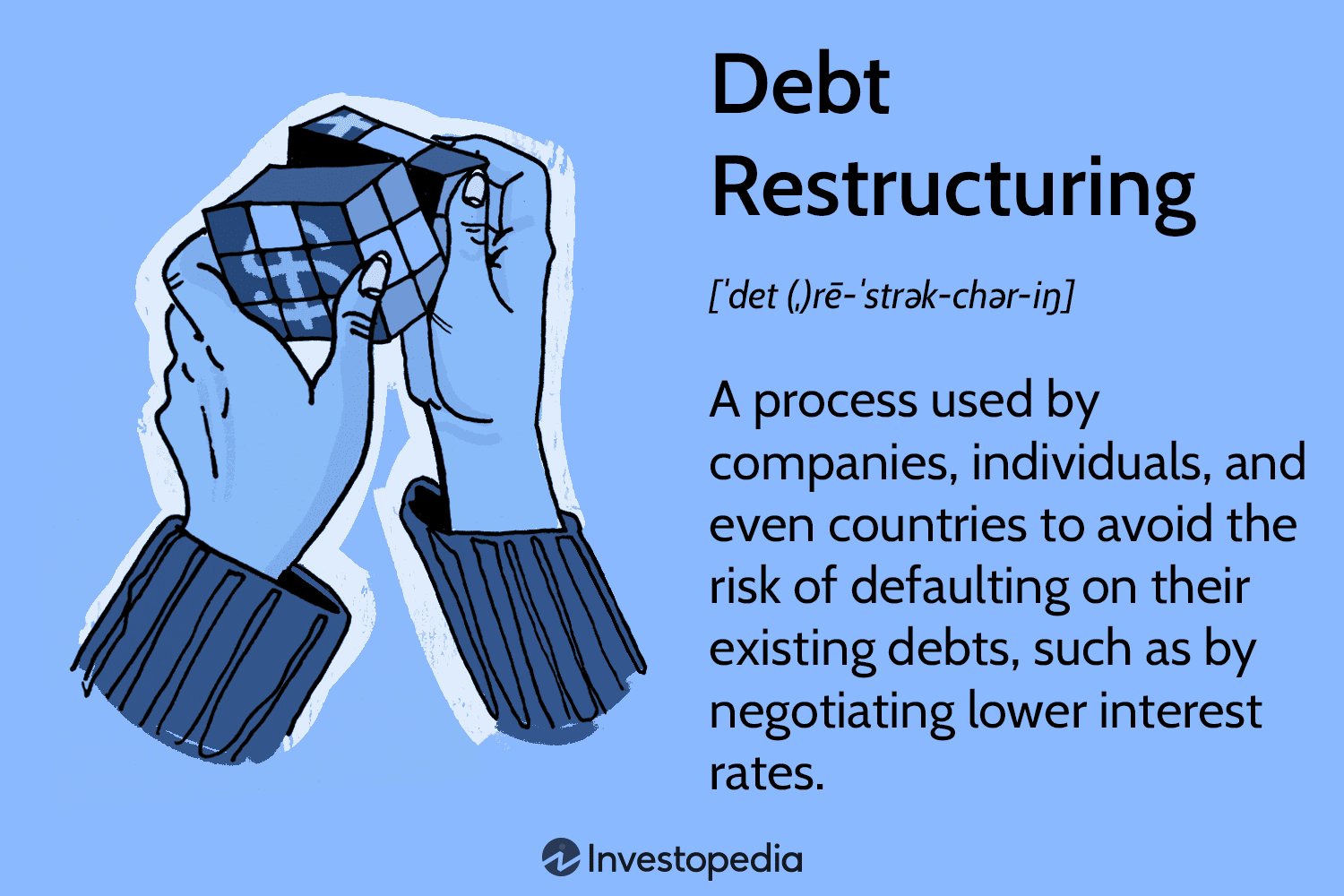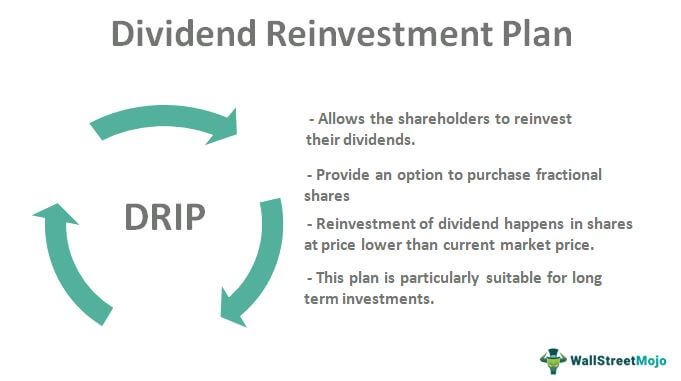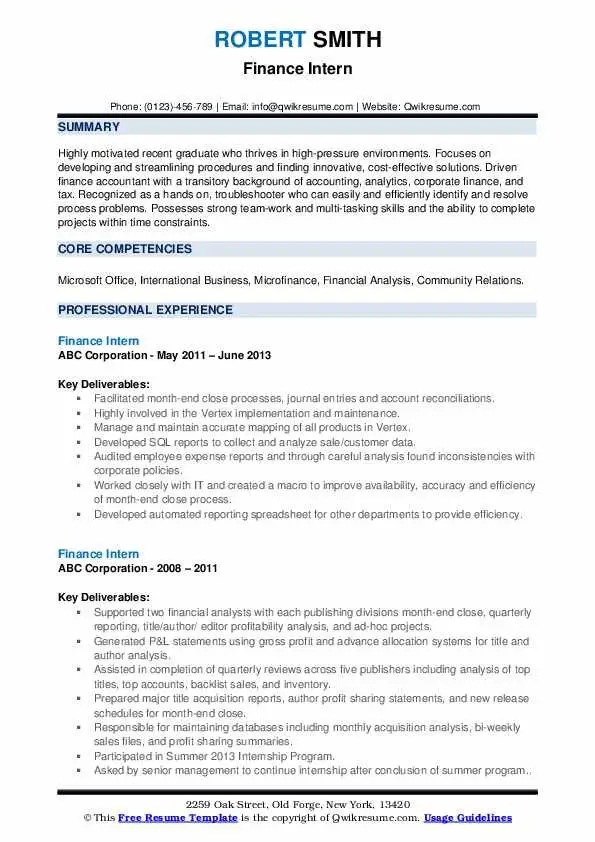Looking to navigate the world of finance? Want to know the ins and outs of credit default swaps? Well, you’ve come to the right place! What is a credit default swap in finance, you ask? It’s a powerful financial instrument that allows investors to protect themselves against potential default on loans or bonds. In this article, we’ll delve into the details of credit default swaps, how they work, and why they matter in the world of finance. So sit tight, grab a cup of coffee, and let’s unravel the fascinating world of credit default swaps together!
This is an SEO-optimized and comprehensive main body for a blog article on “What is a Credit Default Swap in Finance?”:
Understanding Credit Default Swaps
If you’re interested in finance or have been following news about the financial markets, you may have come across the term “credit default swap” or CDS. But what exactly is a credit default swap, and how does it work? In this article, we will explore the concept of credit default swaps, their purpose, and their significance in the financial industry.
What is a Credit Default Swap?
A credit default swap is a financial derivative that allows investors to hedge against the risk of default on a debt instrument, such as a bond or loan. It is essentially an insurance contract in the financial marketplace, where one party (the protection buyer) pays periodic premiums to another party (the protection seller) in exchange for protection against credit events, such as default or bankruptcy, of a reference entity.
Key Players in a Credit Default Swap
To better understand how credit default swaps work, it’s essential to familiarize yourself with the key players involved:
- Protection Buyer: The party seeking protection against credit default events.
- Protection Seller: The party providing protection against credit default events.
- Reference Entity: The entity whose credit risk is being transferred through the credit default swap.
- Notional Amount: The value of the debt instrument being protected.
- Spread: The periodic payment made by the protection buyer to the protection seller.
- Credit Event: The occurrence that triggers the protection payment, such as default, bankruptcy, or restructuring of the reference entity’s debt.
How Does a Credit Default Swap Work?
To illustrate the workings of a credit default swap, imagine a scenario where Investor A holds bonds issued by Company XYZ and wants to protect against the risk of default. Investor A enters into a credit default swap contract with Institution B, acting as the protection seller.
- Investor A pays Institution B a periodic premium spread based on the notional amount of the bonds held.
- If a credit event, such as default on Company XYZ’s debt, occurs, Investor A can request payment from Institution B.
- Institution B is obligated to pay Investor A the face value of the bonds or the difference between the face value and the recovery value, depending on the terms of the credit default swap contract.
Purpose of Credit Default Swaps
Credit default swaps serve several purposes in the financial industry:
- Risk Management: Credit default swaps allow investors to mitigate the risk of default on their investments. By transferring credit risk, they can protect against potential losses.
- Hedging: Investors can use credit default swaps to hedge their exposure to credit events or volatile market conditions.
- Speculation: Credit default swaps can also be used as speculative instruments. Investors may purchase credit default swaps without holding the underlying debt instrument, speculating on the creditworthiness of the reference entity.
- Price Discovery: Credit default swaps play a role in price discovery by reflecting market participants’ perception of credit risk.
Risks and Controversies
While credit default swaps offer various benefits, they are not without risks and controversies. Some of the concerns associated with credit default swaps include:
- Counterparty Risk: If the protection seller defaults, the protection buyer may not receive the promised payout in the event of a credit event.
- Lack of Transparency: The over-the-counter (OTC) nature of credit default swaps means they are not traded on regulated exchanges, resulting in limited transparency and potential pricing discrepancies.
- Market Manipulation: Critics argue that credit default swaps played a role in the 2008 financial crisis by allowing certain market participants to speculate on the downfall of financial institutions.
- Systemic Risk: The interconnectedness of the credit default swap market and its potential to amplify systemic risk has raised concerns among regulators.
The Impact of Credit Default Swaps on the Financial Industry
Credit default swaps have had a significant impact on the financial industry, both positive and negative. Some notable effects include:
- Increased Liquidity: Credit default swaps provide a liquid market for trading credit risk, allowing investors to easily buy and sell protection.
- Better Risk Management: Financial institutions and investors can use credit default swaps to manage their exposure to credit risk more efficiently.
- Enhanced Financial Innovation: Credit default swaps have contributed to financial innovation, allowing for the creation of new products and investment strategies.
- Contagion Risk: The interconnectedness of credit default swaps can lead to contagion risk, where the failure of one institution has a cascading effect on others.
- Regulatory Scrutiny: The risks associated with credit default swaps have prompted regulators to introduce measures to increase transparency and oversight in the market.
In conclusion, credit default swaps are financial instruments that allow investors to manage and transfer credit risk. While they offer benefits such as risk mitigation and hedging, credit default swaps also come with risks and controversies. Understanding the workings of credit default swaps and their impact on the financial industry is crucial for investors, financial professionals, and regulators alike.
Credit default swaps | Finance & Capital Markets | Khan Academy
Frequently Asked Questions
Frequently Asked Questions (FAQs)
What is a credit default swap in finance?
A credit default swap (CDS) is a financial derivative instrument that allows investors to hedge against the risk of default on a specific debt instrument, such as a corporate bond or loan. It is essentially an insurance contract, where one party (the protection buyer) pays periodic premiums to another party (the protection seller) in exchange for protection against credit events like default or a credit rating downgrade.
How does a credit default swap work?
In a credit default swap, the protection buyer pays a premium to the protection seller, usually in the form of regular payments over the life of the swap. If a credit event occurs, such as a default on the underlying debt, the protection seller agrees to pay the protection buyer the face value of the debt instrument or compensate for the loss incurred.
Who uses credit default swaps?
Credit default swaps are mainly used by financial institutions, such as banks, insurance companies, and hedge funds. These institutions use CDS to manage credit risk, speculate on credit events, or hedge their exposure to specific debt issuers or markets.
What are the benefits of using credit default swaps?
Credit default swaps offer several benefits, including the ability to hedge credit risk, diversify investment portfolios, and gain exposure to credit markets with lower capital requirements. They also provide a means for investors to express their views on the creditworthiness of specific companies or sectors.
Are credit default swaps regulated?
Yes, credit default swaps are subject to regulation in most financial markets. Regulatory bodies such as the Securities and Exchange Commission (SEC) in the United States and the European Securities and Markets Authority (ESMA) in the European Union have implemented rules to increase transparency and mitigate systemic risks associated with CDS trading.
What are the potential risks of credit default swaps?
While credit default swaps offer benefits, they also involve certain risks. For example, if the protection seller fails to fulfill their obligations in the event of a credit event, the protection buyer may face financial losses. Additionally, the complexity of CDS contracts and the potential for market manipulation can introduce additional risks.
Can individual investors participate in the credit default swap market?
Participation in the credit default swap market is typically limited to institutional investors and qualified individuals due to regulatory requirements and the complexity of these derivatives. Individual investors can indirectly gain exposure to credit default swaps through certain investment vehicles such as exchange-traded funds or mutual funds.
What is the difference between credit default swaps and other credit derivatives?
Credit default swaps are a type of credit derivative, but they differ from other credit derivatives such as credit options and credit-linked notes. Credit default swaps specifically transfer the risk of default, while other credit derivatives may offer different types of risk transfer or investment opportunities tied to credit events.
Final Thoughts
A credit default swap (CDS) is a financial instrument that allows investors to hedge against the risk of default on a particular debt security. By transferring the credit risk to another party, the buyer of a CDS is essentially obtaining insurance against a borrower’s failure to make timely payments. CDSs have gained significant attention in the world of finance due to their role in the 2008 global financial crisis. Investors use CDSs for various purposes, such as speculating on credit events or mitigating the risk of holding specific bonds. Understanding what a credit default swap is in finance is crucial for anyone involved in the financial markets.



